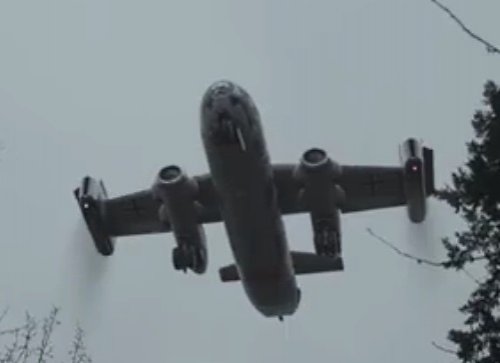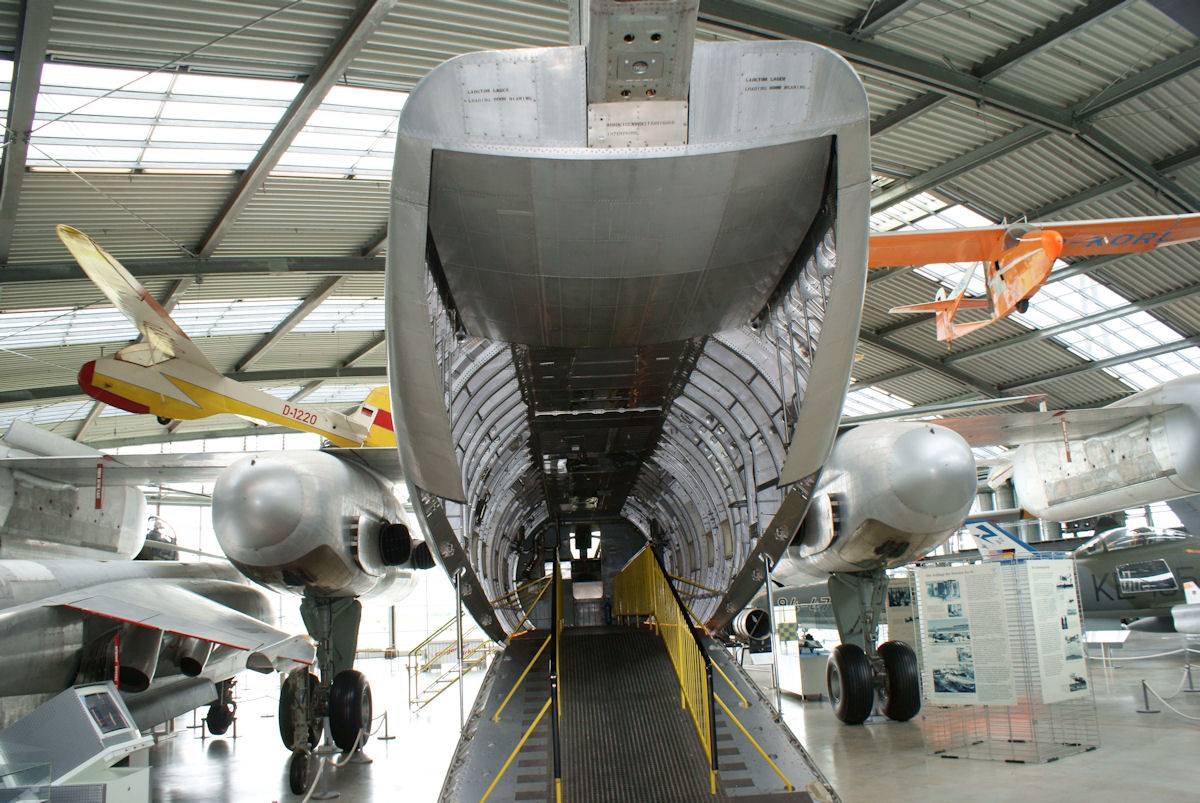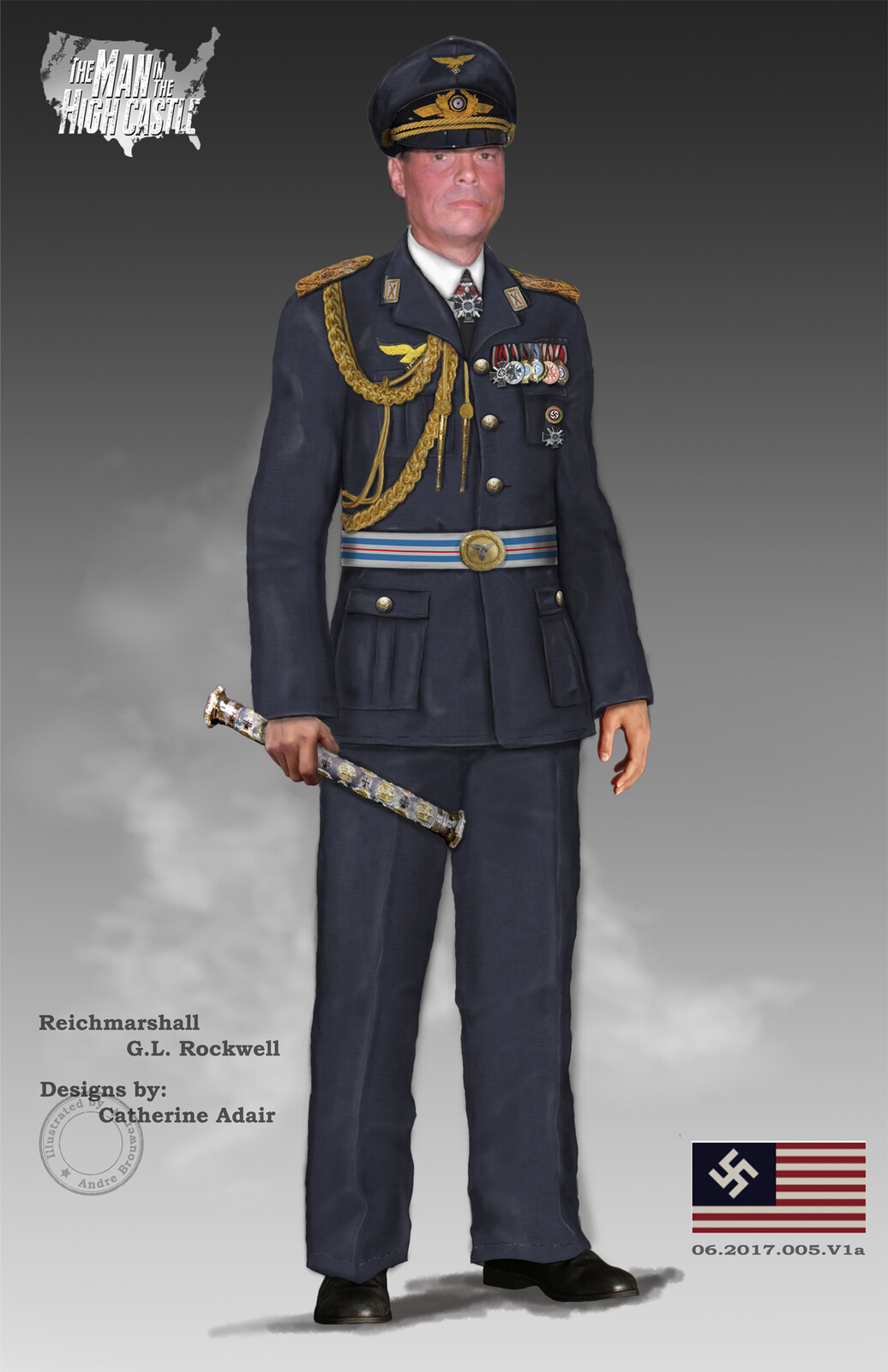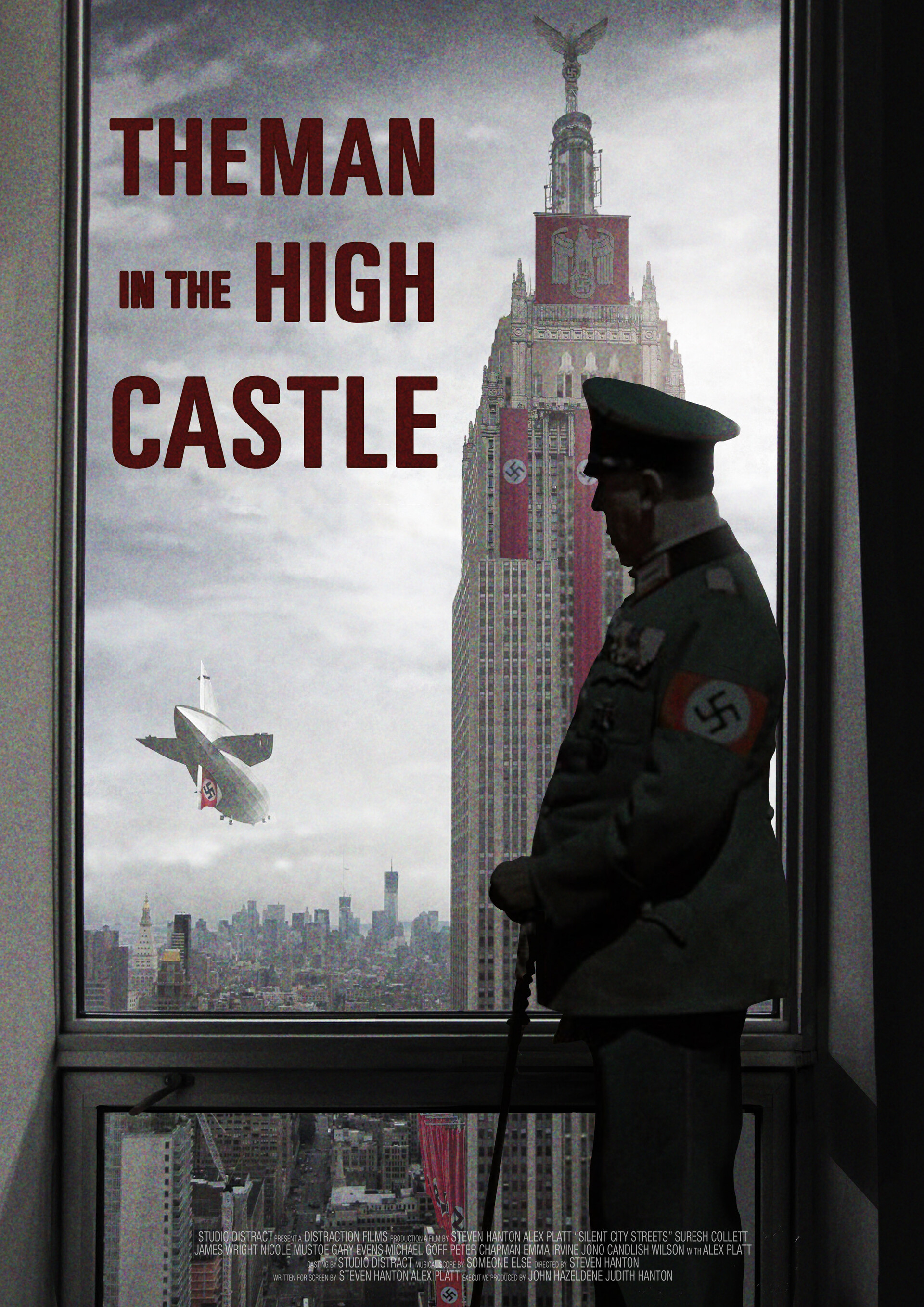Dornier Do 31 Man In The High Castle

A ghostly specter from a fictional past continues to haunt the imaginations of aviation enthusiasts and historical revisionists alike. The Dornier Do 31, a vertical take-off and landing (VTOL) transport aircraft, featured prominently in the alternate history series, The Man in the High Castle, has ignited renewed interest in its real-world capabilities and the chilling possibilities it represents within the show's dystopian narrative.
This article delves into the historical reality of the Dornier Do 31, its technological significance, and its impactful portrayal in The Man in the High Castle. We'll explore the aircraft's development, its ultimately unsuccessful deployment, and how its fictionalized appearance serves as a potent symbol of technological prowess wielded by a victorious Nazi regime.
The Real Dornier Do 31: A Technological Marvel Cut Short
The Dornier Do 31 was not merely a product of speculative fiction. It was a very real aircraft, developed in West Germany during the 1960s.
Its primary purpose was to create a VTOL transport aircraft capable of operating from austere and damaged airfields, providing crucial logistical support to military forces.
The Do 31 boasted a unique engine configuration: two Rolls-Royce Pegasus vectored-thrust engines in the center of the wing for vertical lift and forward propulsion, and four Rolls-Royce RB162 lift engines mounted in pods at the wingtips.
Technical Achievements and Limitations
The Do 31 was, at the time, a remarkable feat of engineering. It was the first, and remains the only, VTOL jet transport aircraft ever built.
However, the project faced significant technical challenges. The RB162 lift engines proved to be heavy and fuel-inefficient.
These factors, combined with the high cost of development and changing strategic priorities, led to the program's cancellation in 1970 after only three prototypes were built.
According to Dornier's historical archives, the Do 31 program consumed a substantial portion of West Germany's aviation research budget. The decision to terminate the program was primarily economic.
The operational benefits, while significant, did not outweigh the immense costs associated with maintaining and operating such a complex aircraft.
The remaining Do 31 is currently displayed at the Deutsches Museum Flugwerft Schleissheim near Munich, a silent testament to an ambition curtailed.
The Do 31 in The Man in the High Castle: A Symbol of Oppression
In the alternate reality of The Man in the High Castle, the Dornier Do 31 takes on a far more sinister role. It represents the technological superiority and oppressive power of the victorious Axis powers.
The series depicts a world where Nazi Germany and Imperial Japan won World War II, dividing the United States into occupied territories.
The Do 31, in this context, is portrayed as a ubiquitous transport aircraft used by the Grossdeutsches Reich to move troops, supplies, and enforce its brutal regime across the American Reich.
Visual Impact and Narrative Significance
The sight of the Do 31 in the show is jarring and unsettling. Its real-world history adds a layer of plausibility to the fictional scenario.
It is no longer a symbol of German ingenuity and a failed attempt at innovation. Instead, it becomes a symbol of Nazi dominance and the crushing weight of totalitarian rule.
The aircraft's VTOL capabilities, originally designed for tactical flexibility, are repurposed to project power and control over vast territories.
Critics have noted that the Do 31's presence in the series serves as a constant reminder of the perversion of technological progress. Technology, in this world, has become a tool of oppression rather than liberation.
The contrast between the aircraft's intended purpose and its fictional application underscores the show's central themes of morality, historical contingency, and the dangers of unchecked power.
By featuring a real aircraft, the show grounds its alternate history in a tangible reality, making the dystopian world all the more believable and disturbing.
Looking Ahead: The Enduring Legacy of the Do 31
The Dornier Do 31, both in its historical context and in its fictional portrayal, continues to fascinate and provoke. It serves as a reminder of the ambitions and limitations of technological innovation.
The aircraft prompts us to consider the ethical implications of technological advancements and the potential for even well-intentioned inventions to be repurposed for harmful ends.
Whether viewed as a technological marvel of the 1960s or as a symbol of oppression in an alternate reality, the Dornier Do 31 leaves a lasting impression.


















